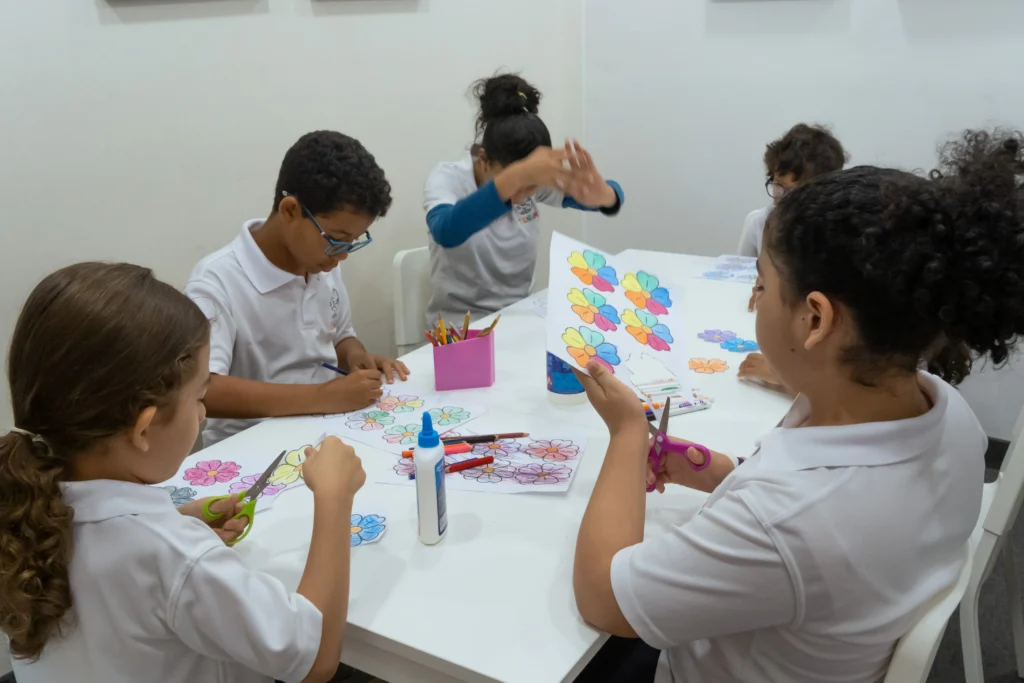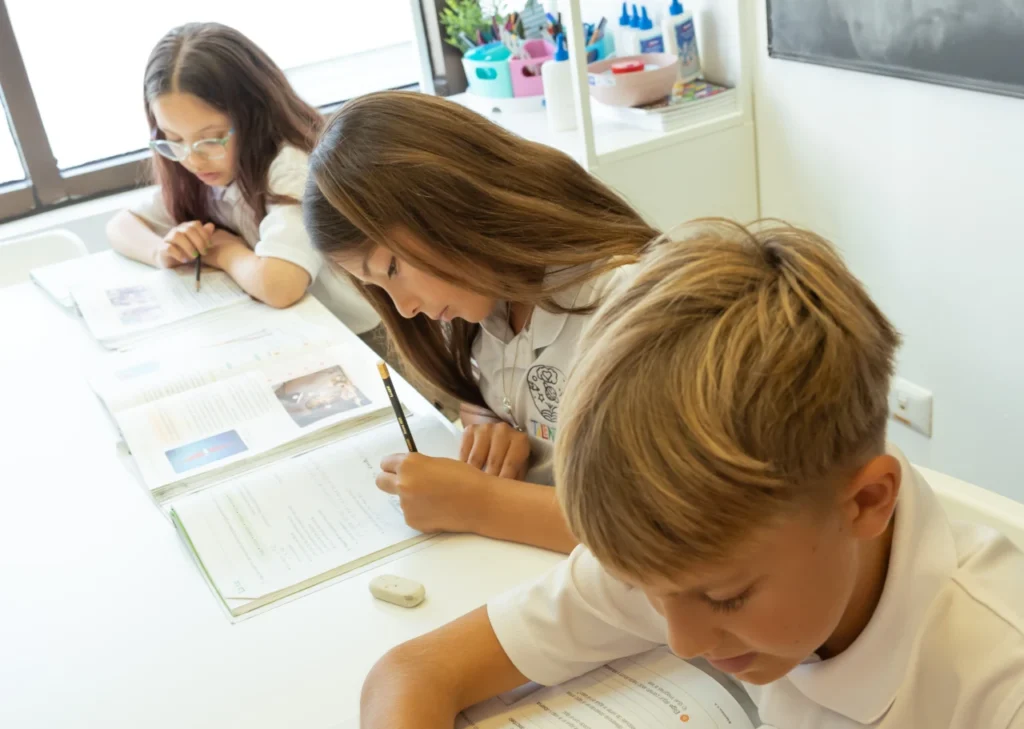One of the most prominent features of personalized educational models is that they allow each student to progress based on their level of understanding, not their chronological age. This premise, seemingly simple, has a profound impact on the quality of learning and the well-being of the student.
What does “progress at their own pace” imply?
It means that the learning process adapts to the student’s actual stage of development. When a child needs more time to consolidate a skill, they are given that time. If they’re ready to move on, they’re allowed to do so, even if the group hasn’t yet. This idea is supported by research on self-directed learning and differentiated education (Tomlinson, 2001; Hattie, 2009).

Key benefits
1. Deep and lasting learning
When content is introduced at the right moment in a child’s development, understanding is deeper and more meaningful. This prevents the so-called “learning gaps” that hinder future progress (Bransford, Brown, & Cocking, 2000).
2. Reduced stress and frustration
Forcing a child to move ahead before they’re ready or to repeat what they already know can cause anxiety, boredom, and demotivation. Adapting the pace improves their emotional well-being and connection with school (Immordino-Yang & Damasio, 2007).
3. Strengthening academic self-esteem
Progressing at their own pace allows children to experience success, strengthen their self-confidence, and see themselves as capable, which translates into a more positive attitude toward learning (Bandura, 1997).
4. Development of autonomy and responsibility
This approach encourages students to understand themselves as learners, regulate their own process, and make decisions. These are key competencies for the 21st century (Zimmerman, 2002; OECD, 2018).
What does neuroscience say?
Studies in neuroeducation have shown that learning is more effective when it respects individual rhythms and adjusts to the natural variability of brain development (Tokuhama-Espinosa, 2010). The “optimal learning window” is not the same for everyone, and a rigid system can close it prematurely.
References
Bandura, A. (1997). Self-efficacy: The Exercise of Control. Freeman.
Bransford, J., Brown, A., & Cocking, R. (2000). How People Learn: Brain, Mind, Experience, and School. National Academy Press.
Hattie, J. (2009). Visible Learning: A Synthesis of Over 800 Meta-Analyses Relating to Achievement. Routledge.
Immordino-Yang, M. H., & Damasio, A. (2007). We feel, therefore we learn. Mind, Brain, and Education, 1(1), 3–10.
OECD. (2018). The Future of Education and Skills: Education 2030. OECD Publishing.
Tomlinson, C. A. (2001). How to Differentiate Instruction in Mixed-Ability Classrooms. ASCD.
Tokuhama-Espinosa, T. (2010). Mind, Brain, and Education Science: A Comprehensive Guide to the New Brain-Based Teaching. W. W. Norton & Company.
Zimmerman, B. J. (2002). Becoming a self-regulated learner. Theory Into Practice, 41(2), 64–70.


